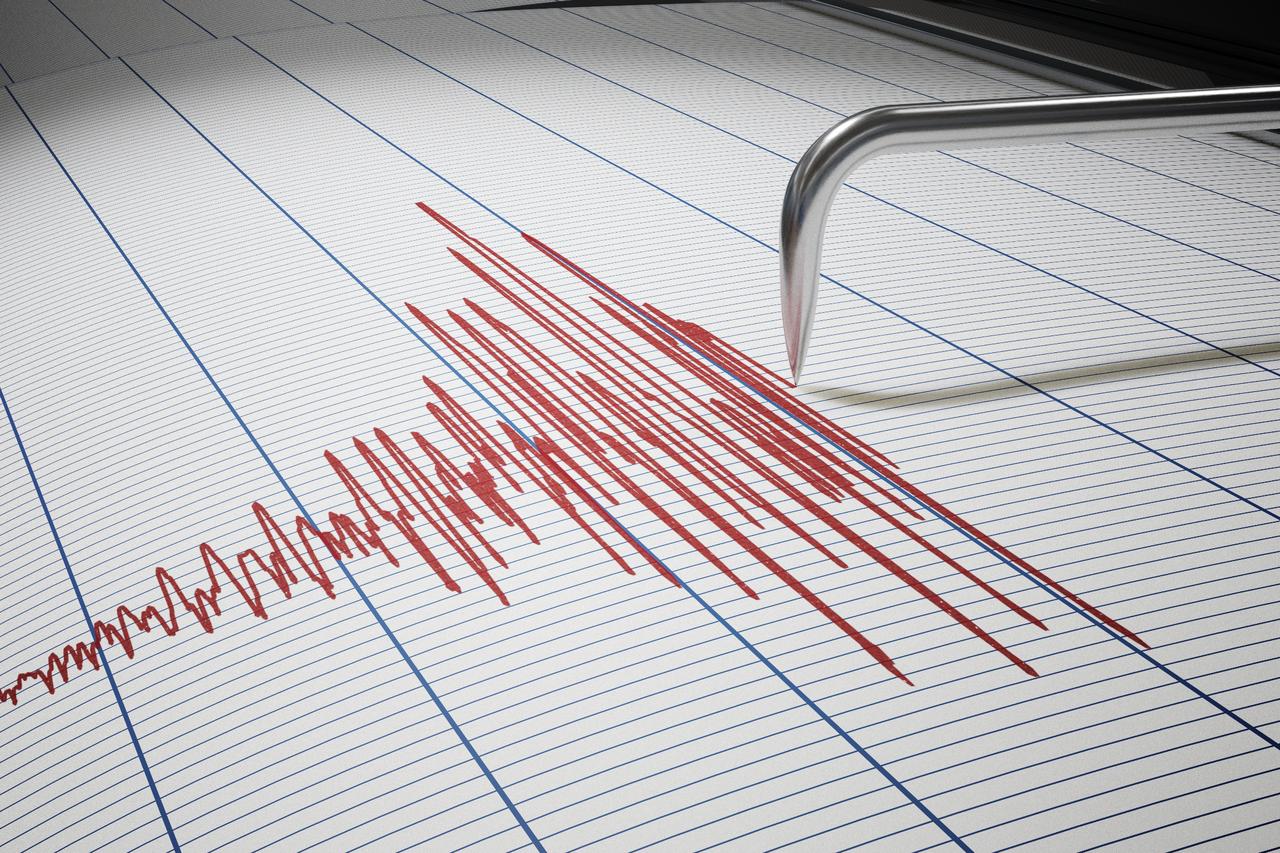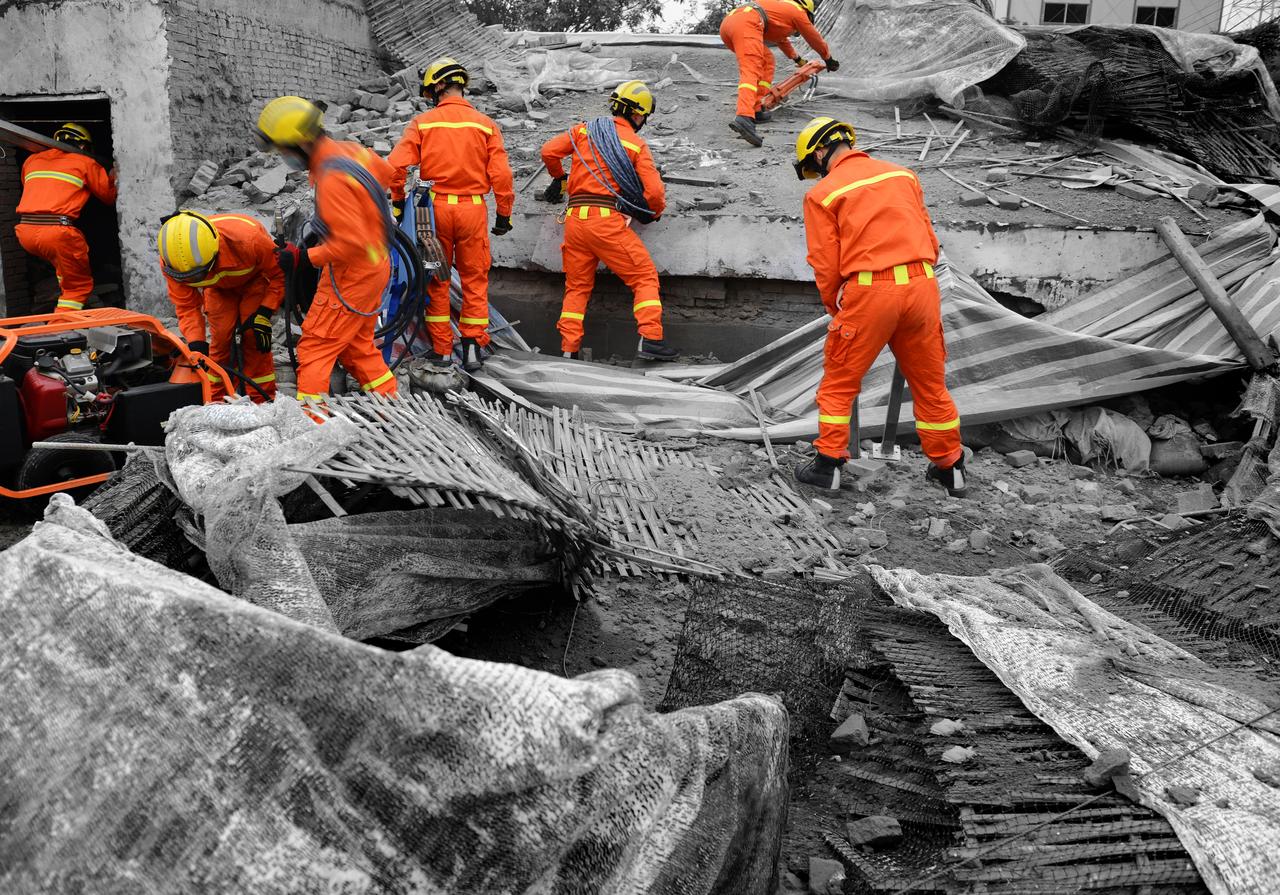
Some major earthquakes are often preceded by smaller tremors, and the main quake can unleash a series of aftershocks that ripple through the region for days or even years. These seismic signals, "foreshocks and aftershocks," offer clues about the shifting stresses beneath the Earth’s surface, but they are notoriously hard to interpret.
Can these subtle shakes hint at a looming disaster, or are they simply part of the planet’s unpredictable rumblings?
Foreshocks are smaller earthquakes that occur in the same fault segment before a major quake.
According to a BBC Turkish interview, Professor Nurcan Meral Ozel from Bogazici University and Tugce Ergun from the Regional Earthquake and Tsunami Monitoring Center explain that foreshocks appear in roughly 15%-40% of large earthquakes. They may occur hours or even days before the main shock, but detecting them in real time is extremely challenging.
Professor Ergin Ulutas of Kocaeli University likens foreshocks to the cracking sounds a stick makes before it snaps: sometimes they signal a major rupture, other times they remain isolated. The true nature of a foreshock can only be confirmed after the main earthquake occurs.
A recent example is the April 23, 2025, Marmara Sea earthquake. Yasemin Korkusuz Ozturk from Erzincan Binali Yildirim University notes that a 4.0 magnitude tremor occurred roughly half an hour before the main 6.2 magnitude quake. Yet even this small tremor could only be identified as a foreshock after the larger event struck.

While foreshocks can offer hints of potential danger, scientists stress that predicting major earthquakes based on them is extremely difficult. Ulutas points out that close monitoring of the Earth’s crust helps identify areas where stress is building, which in turn informs safer urban planning and construction practices.
“It’s not about predicting the exact time of a quake,” he says, “but about understanding where the risk is highest and preparing accordingly.”
Aftershocks are earthquakes that occur after a main quake, usually along the same fault segment. Ozel and Ergun explain that aftershocks result from the sudden redistribution of stress along the fault following the main shock. Their frequency, magnitude, and duration depend on the size of the main earthquake and the geological characteristics of the fault.
Ozturk noted that aftershocks can start immediately after the main quake and continue for years. For instance, after the Feb. 6, 2023, Kahramanmaras earthquakes, aftershocks persisted more than two years later. Historical examples like the 1999 Izmit earthquake show that aftershocks typically decrease over time but can remain significant for months or years.
Ulutas explained a general rule of thumb: the largest aftershocks are usually about one magnitude unit smaller than the main quake. For example, a magnitude 6 earthquake could be followed by aftershocks up to magnitude 5, while a magnitude 7 event could trigger aftershocks up to magnitude 6.